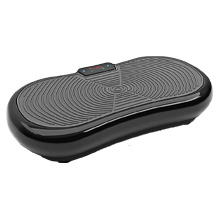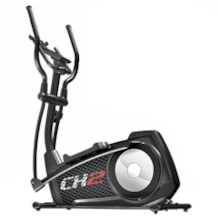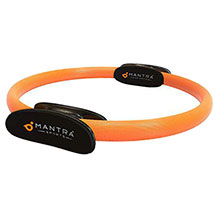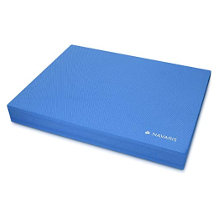Garden trampoline purchasing advice: how to choose the right product
- What you need to know
- As an alternative to the indoor version, the garden trampoline allows jumping as fun and sport in the fresh air.
- Height and diameter are significantly larger than on indoor trampolines. On the other hand, a safety net ensures an increased level of safety.
- Trampolining is not dangerous if you follow a few safety rules.
- A trampoline is also great fun for children: explain the risks to them and introduce them slowly to the equipment.
- Jumping is not only fun, it also keeps you fit, promotes stamina and prevents joint pain.
How is a trampoline constructed?
In most cases, a trampoline is round. There are also square versions, but these are usually designed for professional purposes and very high and artistic jumps. In addition to different heights and diameters, trampolines for private use are differentiated into indoor and garden trampolines. The elastic jumping mat is usually made of plastic and is connected to the edge of the frame with the help of several springs. The springs can also be of different lengths and thicknesses, which has an influence on the tension of the mat. The edge of the trampoline frame has a cover over the springs. This protects them and minimises the risk of injury to the trampoliner at this point. With sturdy metal legs and feet, the trampoline has a firm footing even on softer surfaces such as grass and earth.
The trampoline as outdoor equipment
Trampolining is not only fun for young and old; besides being an entertaining leisure activity, it is also a versatile fitness exercise. If you don’t have room for a trampoline in your own four walls, you may find it in your garden. The height and diameter of the outdoor trampoline are much less limited there. The size of the jumping surface of garden trampolines usually ranges from 1.8 to just under 5.0 metres. As is so often the case, there are exceptions and you can theoretically buy a device with even larger dimensions. However, since only one person should jump at a time anyway and the average family garden also reaches its limits at some point, the commercially available dimensions are sufficient. The jumping mat usually hangs at a height of 0.5 to 1.0 metre. A small ladder attached to the edge makes it easier to climb onto the sports equipment.
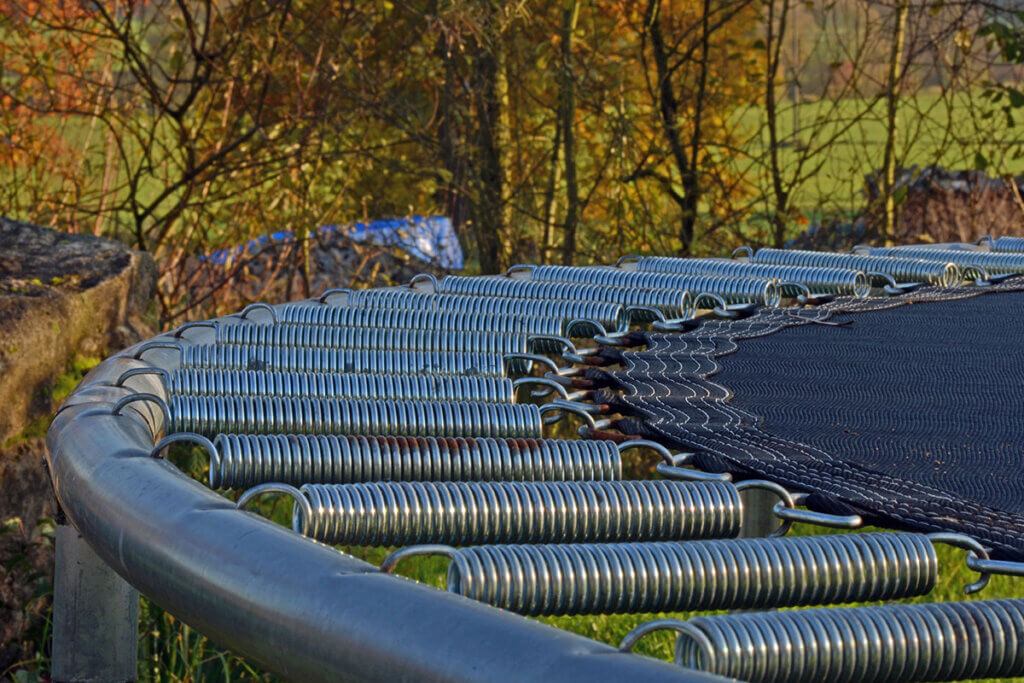
A weather cover, which is thrown over the trampoline when it is not used for a longer period of time, protects it from rain or leaves as well as other external influences. During the winter months, however, the owner should dismantle the sports equipment completely. Too much moisture and cold can damage the trampoline irreparably. The jumping surface becomes brittle and fragile over time, and the springs and frame rust more quickly. A thick or icy snow cover puts unnecessary stress on the jumping surface.
Indispensable safety net
Perhaps the most important part of the outdoor trampoline is the safety net. It is stretched around the outside of the edge cover or inside – around the jumping surface. The net can be two to 2.7 metres high and protects against a fall from the trampoline. The support poles are usually padded on the inside so that there is no risk of injury. If necessary, padding can be purchased later. The user can access the jumping surface through an access hatch with a zip or overlapping nets. Afterwards, however, the hatch must be closed again – otherwise there is a risk of children falling out. Always make sure that the net is intact. Wind and other weather influences can damage it over time. So give it a thorough check at the end of the summer. If the net is porous or even torn in some places, the safety of jumping should be worth the investment of around 25 to 40 euros in a new one. You can replace the net easily and in little time.
Other components of the trampoline
At first glance, most garden trampolines are similar. They must meet certain requirements, such as the safety net, to ensure optimal safety standards. In addition to the different ways of attaching the net and the many different size models of the jumping surface, there are a few other components that you should pay attention to. Find out about the quality of the model you want.
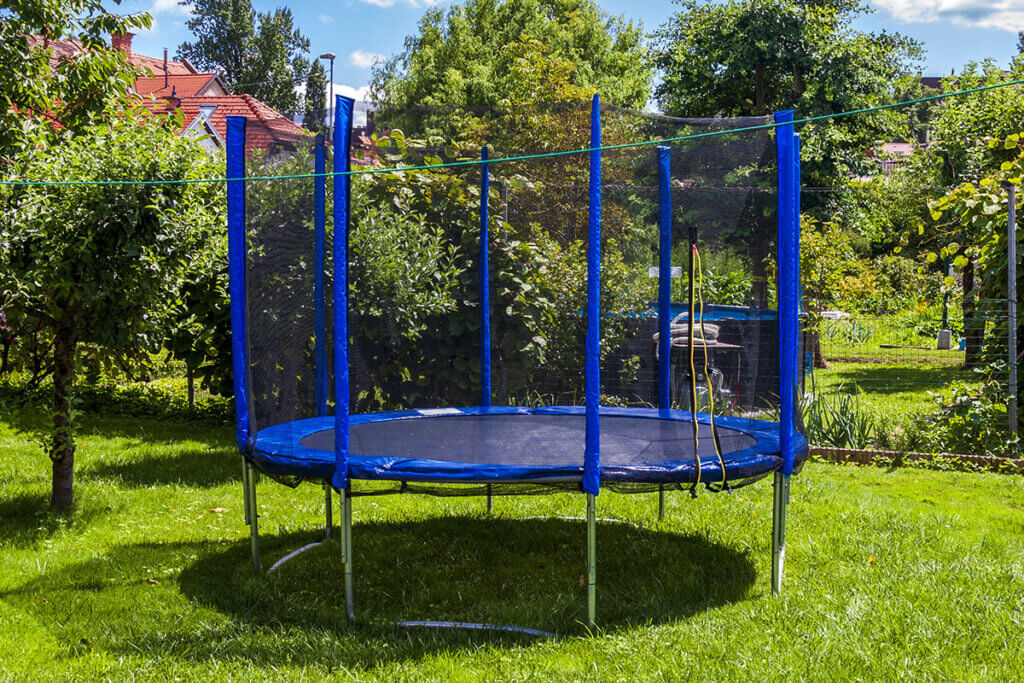
Springs
The larger the diameter, the more springs must connect the jumping mat to the edge of the trampoline. Even with a higher load limit, the equipment has a higher number of springs. They are processed in different lengths and thicknesses. The longer the spring, the softer the suspension. Incidentally, if the springs start to squeak, this is no cause for concern, but merely a sign of wear and tear that can be quickly remedied with oil.
Mat
The jumping mat is made of plastic. The most commonly used plastic is polypropylene (PP). It is very heat-resistant and therefore very suitable for outdoor equipment that is left outside all summer. People who tend to have sensitive skin and intolerances should generally have no problems with this skin-friendly material. PP is comparatively cheap to produce, which is why it is mostly used in the leisure sector. Another material for the processing of jumping mats is 2-string nylon. The advantage of this material is its air permeability. This means that no air has to be displaced to the outside under the mat, which slows it down less. The nylon does not become slippery when wet, but needs to be painted with a special alloy once a year if it is consistently exposed to sunlight. 2-string nylon is therefore often used for large indoor trampolines in professional sports.
Legs
For a stable stand, the legs of the trampoline should be able to be attached to the frame with T-connections. The larger the legs, the safer and more stable the trampoline will be on level ground. In solid ground, some models can be further stabilised with additional anchors.
Permissible weight
Pay attention to the maximum load limit of the trampolines. Large outdoor models can often withstand a weight of between 100 and 150 kilograms. This value is usually lower for smaller ones. Therefore, read the manufacturer’s instructions. Exceeding the load weight can cause cracks in the jumping mat. These may not even be visible at first, but they have a considerable influence on quality and safety.
Packaging or storage bag
When you dismantle the trampoline over the winter months, you can store it in its packaging bag. This is a handy and space-saving way to store it in your cellar or garage. For example: the Ultrasport 305 Outdoor with a diameter of 3.00 metres and a net height of 1.80 metres measures only 130 x 50 x 30 centimetres when packed.
Price
The purchase price of a trampoline usually depends on the size. You should calculate a price in the lower to mid three-digit range. Many suppliers offer models of the same type in different sizes. If you want to replace individual parts such as the net or springs, you should use original parts from the trampoline manufacturer. Third-party components do not necessarily have the same fit, and you could also lose your warranty claim if you use them.
Safety rules for safe use
The issue of safety is particularly important when using trampolines. Injuries can occur if the trampoline is used incorrectly and carelessly. Some people and especially concerned parents think that trampolining is risky. However, if you follow some important rules, it is no more dangerous than other sports. However, if you are too lax about safety issues, don’t be surprised if there are falls or accidents with serious consequences. So follow a few golden rules.
Even experienced jumpers can lose their balance if they land wrongly, so always jump as centrally as possible. This way you don’t run the risk of landing on the edge or in the net if you fall. Trampolines should never be used by two or even more people, no matter how large the jumping surface is. The only exception is adults who introduce small children to jumping on the equipment. But here, too, there should be no frolicking, but careful movement.
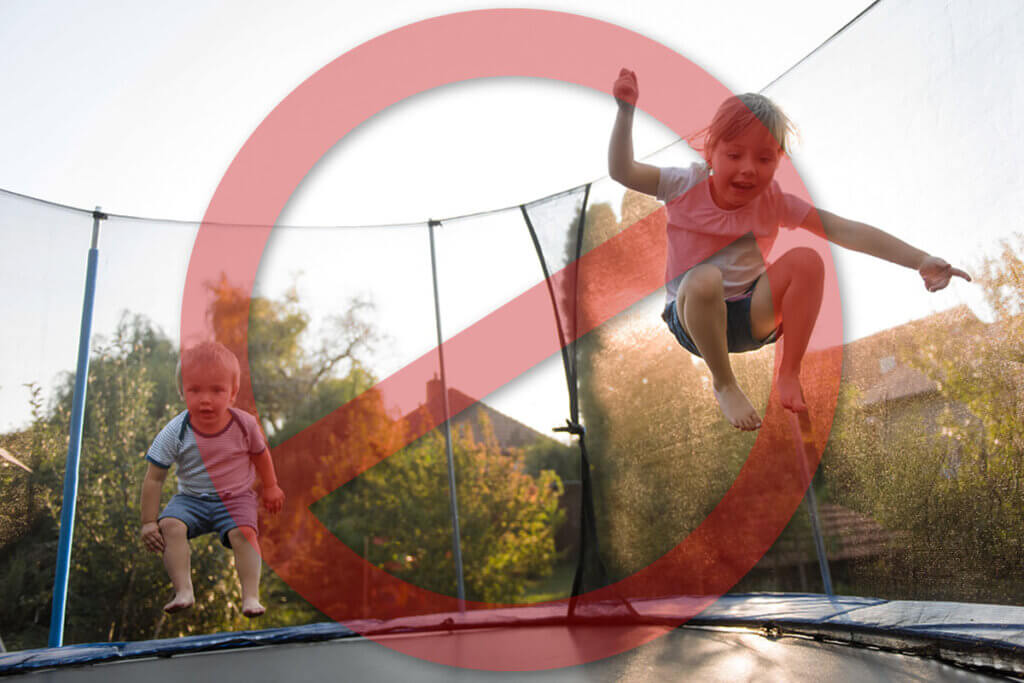
Read the instructions thoroughly and follow them correctly during assembly. Basically, assembly is not difficult; it can often be done by two people in one to two hours. It is all the more important that this task is done conscientiously. An incorrectly assembled or missing part can have serious consequences. The trampoline must also stand on firm, level ground and must not tilt. It is difficult to stand firmly on sand, whereas a stone floor increases the risk of injury. There should also be no hard or sharp objects within two to three metres of the equipment. If the safety net has been incorrectly installed, you don’t want to hit your head on the wheelbarrow in case of a fall.
The outfit also plays a role in terms of safety. When jumping, wear light clothing that is not too loose. There should be no ribbons or loops hanging around that could get caught somewhere. Jump barefoot or in socks with a non-slip sole and take off any jewellery.
Is a larger trampoline suitable for children?
Basically yes. There are special children’s trampolines of small size for children to get used to and play on. But children of pre-school or primary school age can also jump on larger outdoor trampolines without any problems. As a parent, you have to weigh up at what age you trust your offspring to jump. It is important that you talk to your children clearly about the dangers and set rules. In addition, children, just like adults, should only be allowed on the trampoline alone. Otherwise, there is a great risk that they will bump their heads together, even if they are only bouncing playfully. These devices are not designed for somersaults or acrobatics either. Toys have no place on the trampoline, as children can easily step on them or slip. In addition, they should not eat or drink while jumping, as there is then a risk of them choking.
Small children can enter the trampoline for practice in the company of an adult. So that the youngster can get a good foothold, first bob with him on the jumping net before you let him jump properly. This helps the child to get used to the new movement. There is no minimum age at which a child should use a trampoline. However, between the ages of four and six, they should be at a level motor-wise to be comfortable on it. If the child is still wobbly on its feet even on the ground, it has no business being on the trampoline alone. As a parent, always keep an eye on your offspring as they romp around.
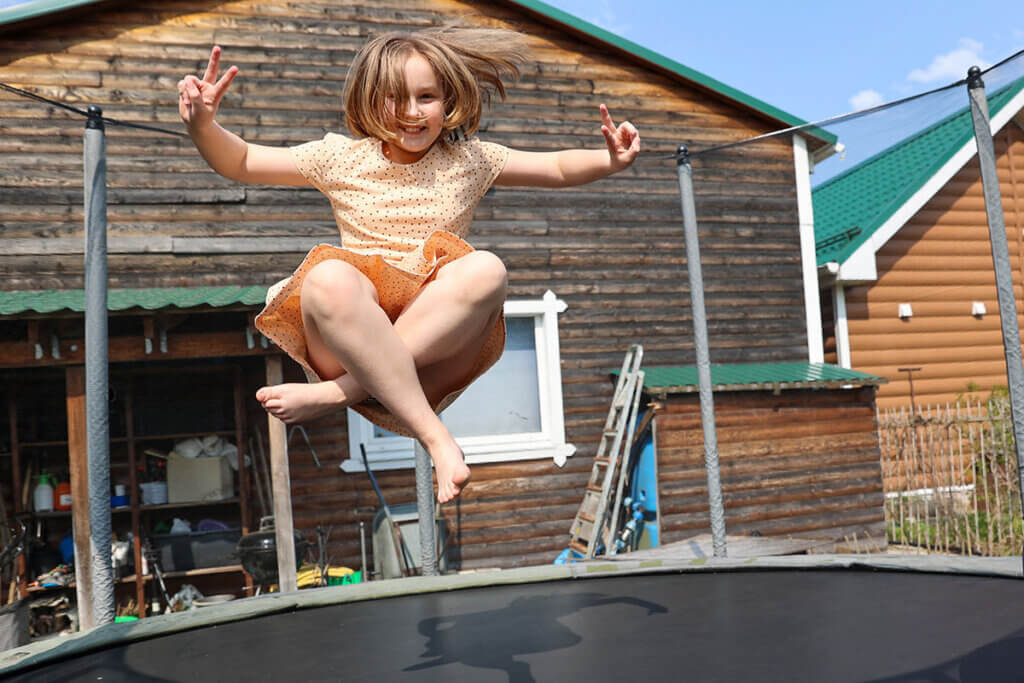
Can I use my trampoline as fitness equipment?
Trampolining has a positive effect on the body for all age groups. It is easy on the joints because the bounce is very cushioning. This stimulates the production of lubricants in the joints, which prevents joint pain. Jumping strengthens the cartilage tissue and thus the bone structure. Since up to 400 muscle groups are used, muscle development is also promoted. Regular jumping on the trampoline automatically increases fitness and endurance. Last but not least, the increased release of happiness hormones reduces stress. For children, jumping trains concentration and coordination, and for older people it keeps the circulation going.
Professional fitness trampolines
For indoor use, there are trampolines with additional fitness equipment features. These include, for example, a jump counter and with a grab handle, different jumping techniques are possible, allowing you to diversify your workout. A chest strap with set training programmes measures the pulse, training duration and approximate calorie consumption. This trampoline sub-type is extremely sturdily made and designed for high loads.
Fig. 1: © Michael Rogner / stock.adobe.com | Fig. 2: © Eugene / stock.adobe.com | Fig. 3: © Martinan / stock.adobe.com | Fig. 4: © Elena Karetnikova / stock.adobe.com

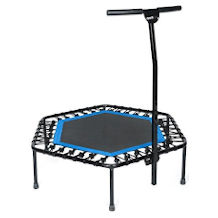
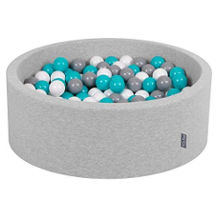
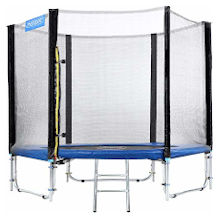

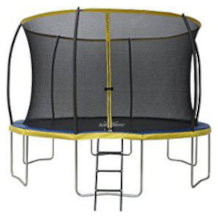
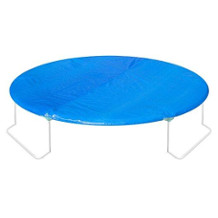
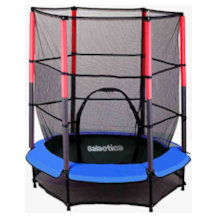
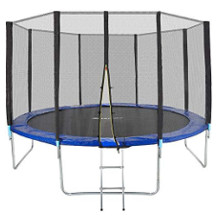

 2,356 reviews
2,356 reviews


